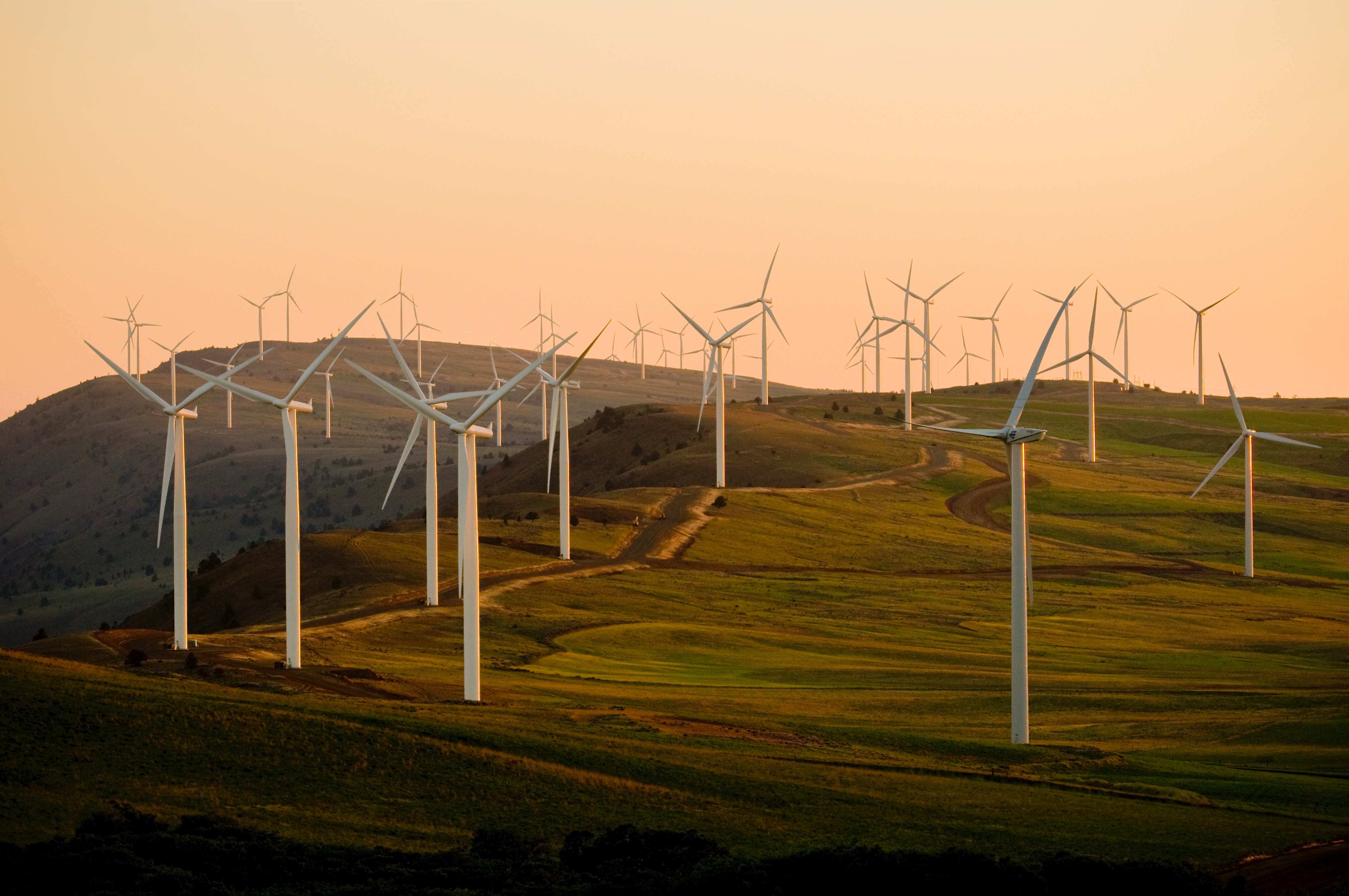 Photo of Turlock, California by American Public Power on Unsplash.
Photo of Turlock, California by American Public Power on Unsplash.
I still love driving by wind and solar farms in California. It gives me a warm fuzzy feeling. Yet, I know the Grid is vulnerable to squirrels and branches as much as they are foreign terror attacks. Energy security has become important to me having seen what New York was like for a few days without power a decade ago. Our power grid is over a century-old and will need to become more flexible and intelligent to support the continued onboarding of clean, intermittent energy. Energy delivery needs a new business model that may simultaneously include micro-grids as well as nationalized solutions.
Large utilities companies have been the central gatekeepers of power generation, transmission, and distribution and until recently have been able to price electricity based on supply and demand. These days, peak energy use does not exactly align with peak energy production, as both the sun and wind are intermittent. The sun shines on your solar panels in the day but you don't need light until it sets so without storage there is not a lot of gain for the utility company or the independent provider. This often leads to too much input and not enough storage which is a perplexing issue for the utility company. Essentially we must develop sensible storage solutions to match our clean energy inputs if we are to maximize our investments for wind and solar production. Providers, utilities, and producers are all rethinking their business models and relationships to make this work.
This shifting power dynamic is also contingent on fickle government subsidies. A range of players have invested in solar and wind energy, and renewables now supply about 30% of the electricity consumed in California. California is the nation's leading renewable-energy proponent and one of the few states to actually put its power where its mouth is. In November 2017, the California Energy Commission released its annual Renewable Portfolio Standard (RPS) report which found that the state's three investor-owned utilities -- Pacific Gas & Electric, Southern California Edison and San Diego Gas & Electric are on track to collectively offer 50 percent of their electricity from renewable resources by 2020. That's a full decade faster than anyone had anticipated. California is proactive in its technology mapping, and onboarding of storage and serves as a business model for the rest of the country. As the fifth largest economy in the world what California does really can set the trend for other nations and states. So as the electric drama unfolds we have a lot to look forward too.